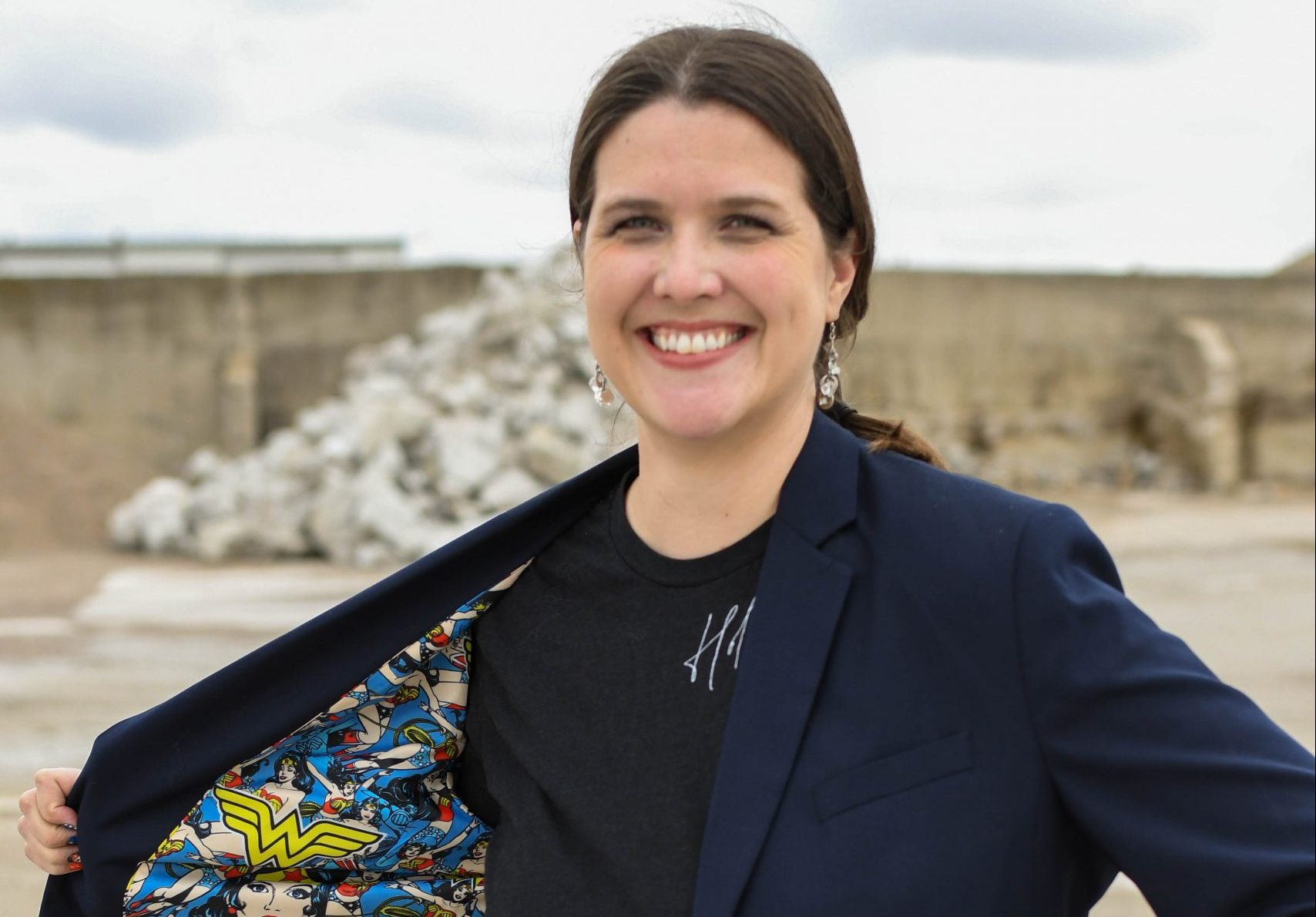We speak with Carolyn Chrisman - the Executive Director of the Kirksville Regional Economic Development, Inc (K-REDI) and Missouri Rural Enterprise and Innovation Center (MREIC), as well as the Center Director for the Kirksville Small Business Development Center.
Tell us more about your role and what it involves.
K-REDI’s mission is to serve as an economic competitor providing family supporting jobs to the Kirksville region. We do this through business retention and expansion as well as business attraction in education, healthcare, agriculture, manufacturing, and technology. The MREIC entity serves a 16-county region as a resource for tech entrepreneurs, emerging industries, and high-growth jobs areas. Finally, our small business center counsels any entrepreneur from ideation stage to start-up to stage 2 clients. We assist with business counseling, executive coaching, financial planning and projections, marketing, and more!
What is the most rewarding part about it?
The roles of all these positions coalesce around building a thriving rural economy in our community and region and making sure our businesses and citizens have access to quality counseling and programs so they can operate and stay competitive. The aspects of my specific role are multi-faceted. Because our entities each have a different stakeholder and funding source, I manage multiple budgets, funding streams, fiscal years, and reporting deadlines to make it work. K-REDI is a locally funded public-private partnership which exists to help local companies and grow the local economy. All funding is from locally associated public entities and partners. I meet quarterly with our industries to learn of their challenges and opportunities and then connect them with local and state resources and incentives to assist. The innovation center piece is funded from an appropriation from the General Assembly and works in conjunction with the Missouri Department of Economic Development and Missouri Technology Corporation to operate in their respective target areas and programming. Businesses have differing needs, but most all need access to capital. We connect entrepreneurs with state programs, and then we have been awarded a USDA Revolving Loan Fund grant for micro-lending projects. Finally, the small business development center subcontracts with the state’s SBA partner to offer counseling services, which is federally funded. Those services include business counseling, business plan and financial assistance, plus education and training. All of these entities collaborating, sharing staff and space, allows for a holistic all-inclusive approach to economic development.
The reward comes in many forms, but it is the help our citizens get. When an entrepreneur comes in and gets help in starting a business, it is a win. When a local major employer is able to expand and increase wages, local citizens make more money. They in turn get to buy a house, a car, or expand their family. We believe a rising tide raises all ships.
What have you been working on in recent months?
Several current projects that we’ve recently worked on revolve around workforce needs in labor force participation, childcare, and housing.
So, labor force participation. In every community in the US, businesses cannot find workers. In some areas, immigration is a legitimate means of gaining new employees. For some areas of the country, less so. But as I look at the labor force participation rate in my community, I see that over the past five years it has been shrinking. Even before COVID, it had been in decline and continues to fall. I estimate that if I can work to increase the labor force participation rate by 5%, it would add 450 workers to the job seeker field. That does not mean I recruit new people to town, I get the people who already live here to work. As I dig further into the data, which labor force participation counts those 16-65 years of age, I see it is not the teenagers or the elderly who are not the ones working. It is those ages 25-54 who are not working. My plan is to find out why. Why are so many of the citizens not working? What barriers are keeping them from work? This will take resources of time, money, and manpower to determine. But once it is understood, I am preparing to solve the problems. For example, if a large number of people state the issue/barrier to employment is transportation—how does my community fix that? If the barrier is a lack of available and affordable childcare—how does my community address it. And so on.
Another project is childcare. I began looking at the childcare situation in the summer of 2019 because many of my local companies came to me stating it was an issue that needed a community solution. A committee formed to learn more about local options, and decided to conduct a survey of employees to determine needs. It was late fall 2019 at this point. I went on maternity leave in early December to have my fourth child, and thought—will get this survey out when I return. Of course, in March of 2020, the world shut down with COVID. The survey did not get distributed till August of 2020, because we knew COVID impacts would be shown more so than regular needs. Regardless, survey taken, action steps taken, and we still have a need in 2022. I am going to do a second round of the childcare survey in the next month, and then move forward on a community solution. But I have taken this issue to a regional level, and state level. I also expect legislation to come about in 2023 that will help Missouri with the childcare issue as well.
Housing has also been shown as a workforce problem. There are varying ways to tackle this problem too. Some communities want to conduct a housing survey to fully understand what existing stock is available, and then they can incentivize or build where the gap exists. Others look at housing through a demand approach. Who needs housing in the community and what can they afford—build that. Finally, others want to look at the people. How many seniors live in single family homes with three or more bedrooms, that could downsize to an assisted living facility and then free up an existing home for a young family. In my community, the partners have taken two of those approaches. The city has conducted a housing study to understand what is available, mainly because it is a college town with lots of single-family homes broken up into multiple apartments. Additionally, there is some in-fill housing that could be developed. A local electric cooperative has brought in a group to look at housing from the demand side in order to understand what folks can afford who want to buy or build. The next steps is coming up with programs and visiting with developers.
Then of course, the day-to-day work continues of working with existing businesses, overseeing manufacturing roundtables, assisting with the ELL classes, offering trainings, coordinating the human resource managers group, and more.
What are your aspirations for the future?
My aspirations for the future are to continue to learn, to serve my community, and make it a better place for my children and grandchildren. I am also passionate that everything rises or falls with leadership. I am focused on making myself a better leader, helping others to become leaders, and raising up future leaders in my community, region, and state.











